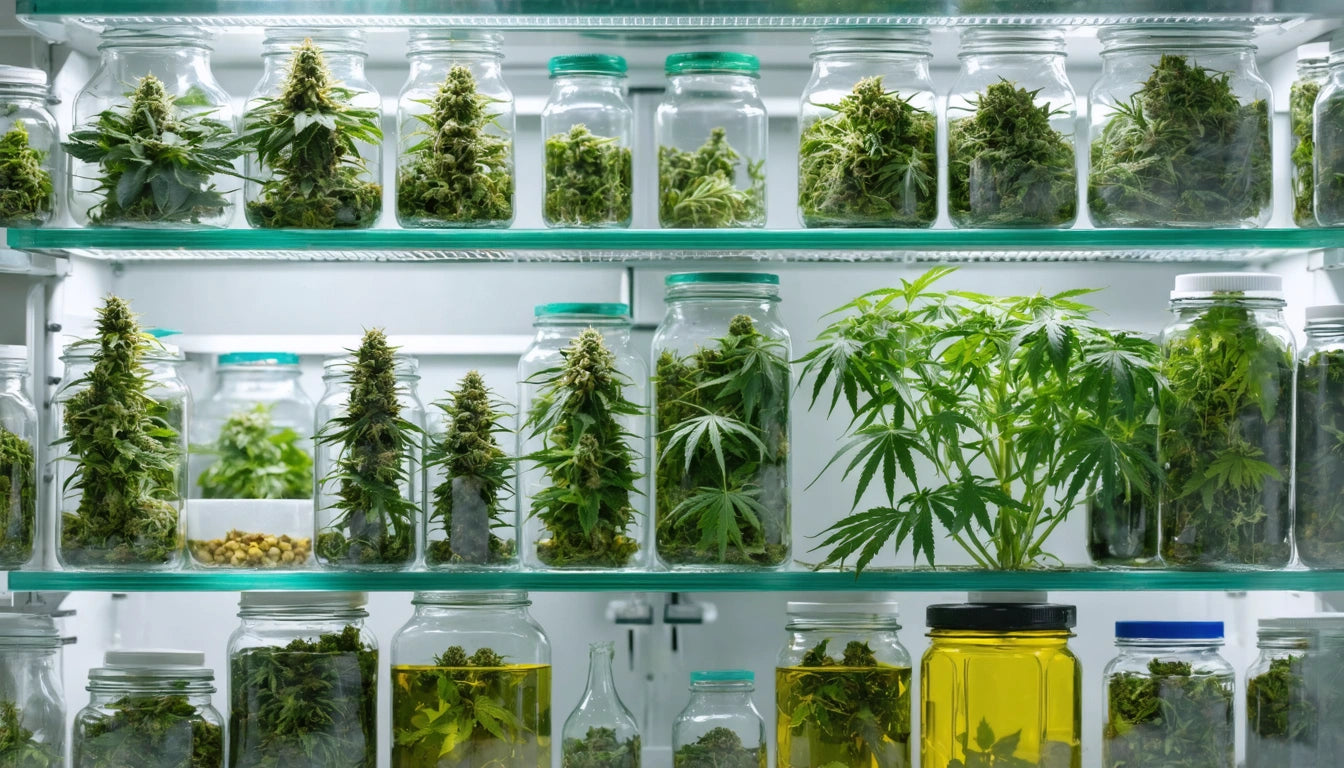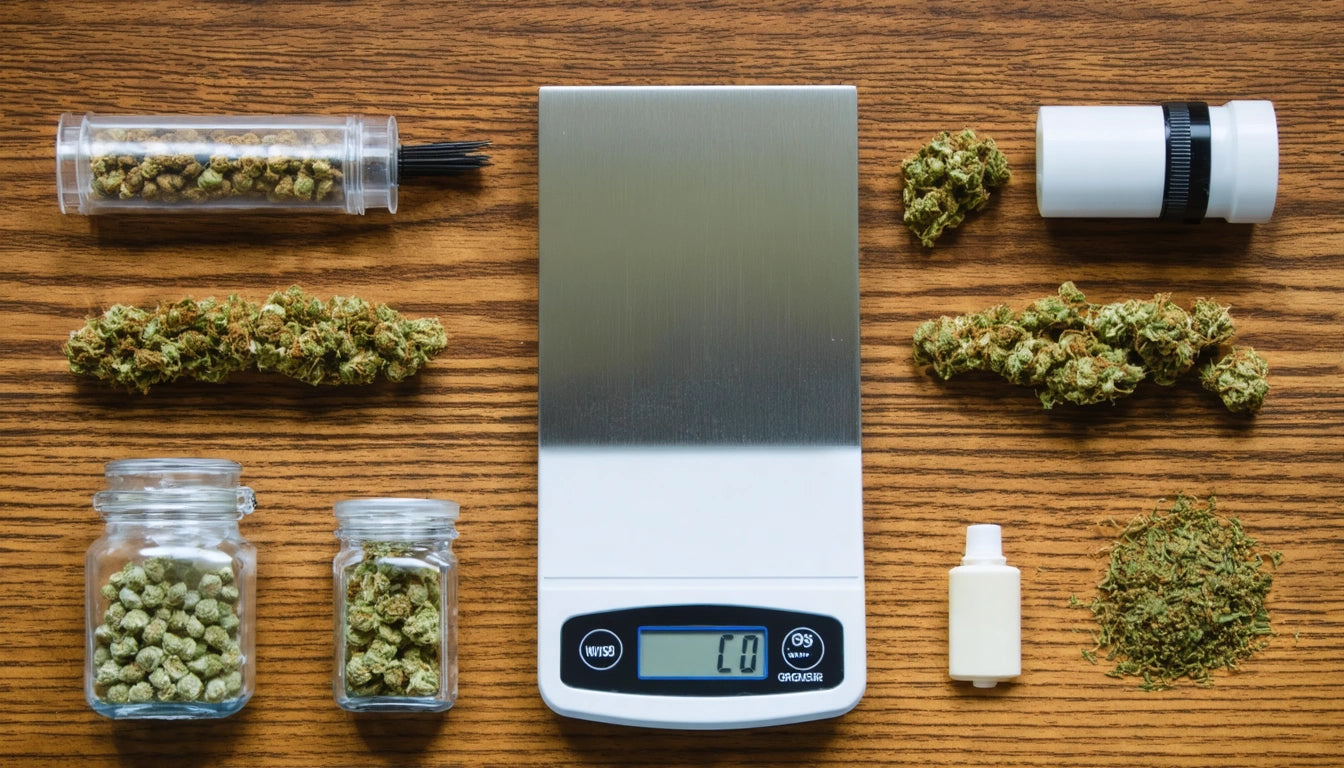Table of Contents
How Long Does THC Wax Stay in Your System?
THC wax, a highly concentrated cannabis extract, poses unique detection challenges due to its potency. Understanding how long wax stays in your system is crucial for consumers concerned about drug testing or health monitoring. This guide explores detection windows, influencing factors, and what users should know about THC wax metabolism.
Understanding THC Wax: Potency and Consumption Methods
THC wax typically contains 60-90% THC, significantly higher than traditional cannabis flower (15-25%). This potency directly impacts how long the substance remains detectable in your system. Wax is commonly consumed through:
- Dabbing (using a dab rig)
- Wax pens or vaporizers
- Adding to flower in joints or bowls
The consumption method affects bioavailability and absorption rates, influencing detection times. Vaporized methods like weed pens may lead to faster onset but don't necessarily clear from your system any quicker than other methods.
Detection Windows for THC Wax in Different Tests
Urine Testing
Urine tests are the most common screening method. How long wax stays in your urine depends on usage patterns:
- Single use: 3-5 days
- Moderate use (4 times/week): 5-7 days
- Daily use: 10-15 days
- Heavy, chronic use: 30+ days
THC metabolites from wax concentrate can be detected in urine tests for longer periods than flower due to higher THC content.
Blood Testing
THC from wax appears in blood within seconds of inhalation but has a relatively short detection window:
- Occasional users: 1-2 days
- Regular users: 2-7 days
Hair Testing
THC metabolites can be detected in hair for the longest period:
- Standard detection window: Up to 90 days
Hair tests can detect cannabis use months after consumption, regardless of whether it was consumed as flower or concentrate.
Factors Affecting How Long Wax Stays in Your System
Several variables influence how long THC wax remains detectable:
1. Potency and Dosage
Higher potency wax products introduce more THC into your system. Users who want to monitor their consumption precisely often use precision digital scales to measure their concentrates accurately, helping track intake and potentially managing detection windows.
2. Frequency of Use
Regular users experience THC accumulation in fat cells, extending detection times significantly:
- First-time users: Faster elimination
- Daily users: Much longer detection windows
3. Individual Metabolism
Metabolic factors that influence detection include:
- Body fat percentage (higher = longer retention)
- Metabolic rate
- Age
- Hydration levels
- Overall health
4. Consumption Method
While wax and oil products can vary in potency and composition, the method of consumption primarily affects onset time rather than elimination rate.
Wax Pens and Vape Carts: Detection Considerations
Wax pens and vape cartridges have become popular consumption methods, leading to questions about how long these specific products remain detectable.
Wax Pen Detection Times
How long a wax pen stays in your system follows the same general timeline as other consumption methods. The determining factor isn't the device but rather:
- THC concentration in the wax
- Amount consumed
- Individual metabolic factors
Vape Cart Considerations
Vape cartridges may contain different formulations, including:
- Distillate (higher THC concentration)
- Full-spectrum extracts
- Live resin
These variations can affect potency but follow similar detection patterns to other wax products. The question of how long a wax cart lasts in your system depends primarily on the factors discussed above rather than the delivery method.
THC Metabolism and Elimination Processes
Understanding how your body processes THC helps explain detection windows:
Absorption and Distribution
When consuming wax:
- THC enters bloodstream rapidly through lungs
- Distributes to organs with high blood flow
- Crosses the blood-brain barrier quickly
- Eventually stores in fat tissues
Metabolism and Excretion
The liver metabolizes THC into over 80 metabolites, primarily THC-COOH, which is what most drug tests detect. These metabolites are eliminated through:
- Urine (primary route)
- Feces (65-80% of THC leaves the body this way)
- Sweat (minimal amounts)
For chronic users, THC-COOH can be detected in your system long after the psychoactive effects have subsided.
Managing Detection Risks and Testing Considerations
For those concerned about how long wax stays in their system for testing purposes, several factors should be considered:
Test Sensitivity Thresholds
Different tests have varying detection thresholds:
- Standard urine tests: 50 ng/mL cutoff
- Confirmatory tests: 15 ng/mL cutoff
- Blood tests: 1-5 ng/mL cutoff
These thresholds determine whether a result registers as positive.
Individual Variations
Research shows significant person-to-person variation in how THC is processed. Two individuals with identical consumption patterns may have very different detection windows based on genetics and metabolism.
While many users search for definitive answers about how long wax stays in your system for a urine test or other screening methods, the reality is that individual factors create significant variability. Understanding your own usage patterns and body composition provides the most accurate basis for estimation.
Responsible Consumption Practices
For those subject to testing, considering these factors can help manage risks:
- Knowledge of your own metabolism and elimination patterns
- Understanding the specific testing methods used
- Awareness of the relationship between consumption frequency and detection time
The high potency of wax products means they generally remain detectable longer than traditional cannabis forms, particularly for regular users. As testing technology continues to evolve, staying informed about detection methods and timelines remains important for consumers.











Leave a comment
All comments are moderated before being published.
This site is protected by hCaptcha and the hCaptcha Privacy Policy and Terms of Service apply.